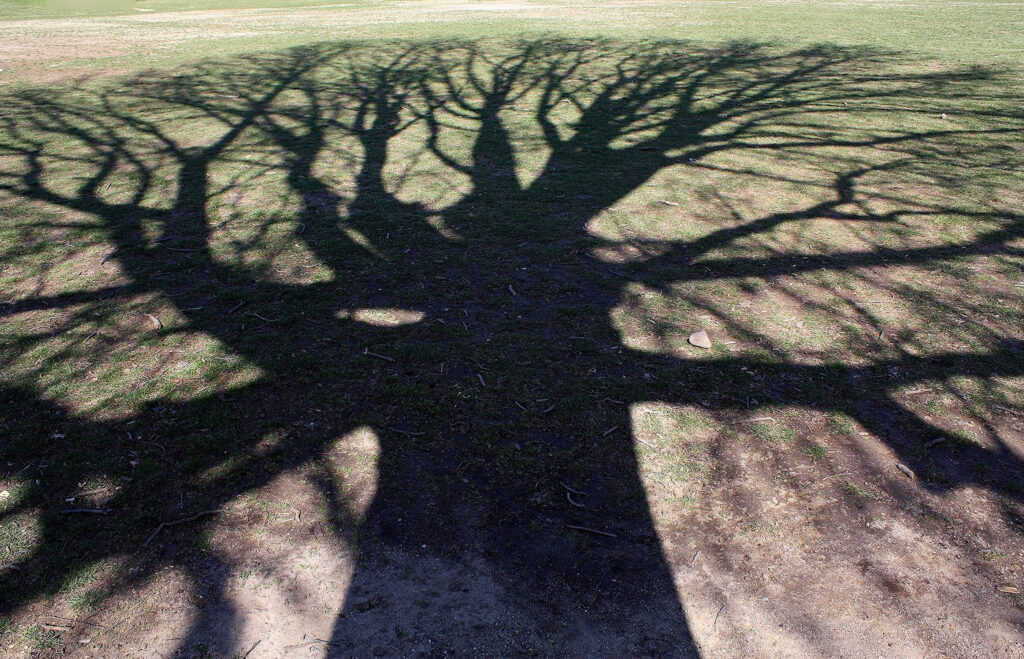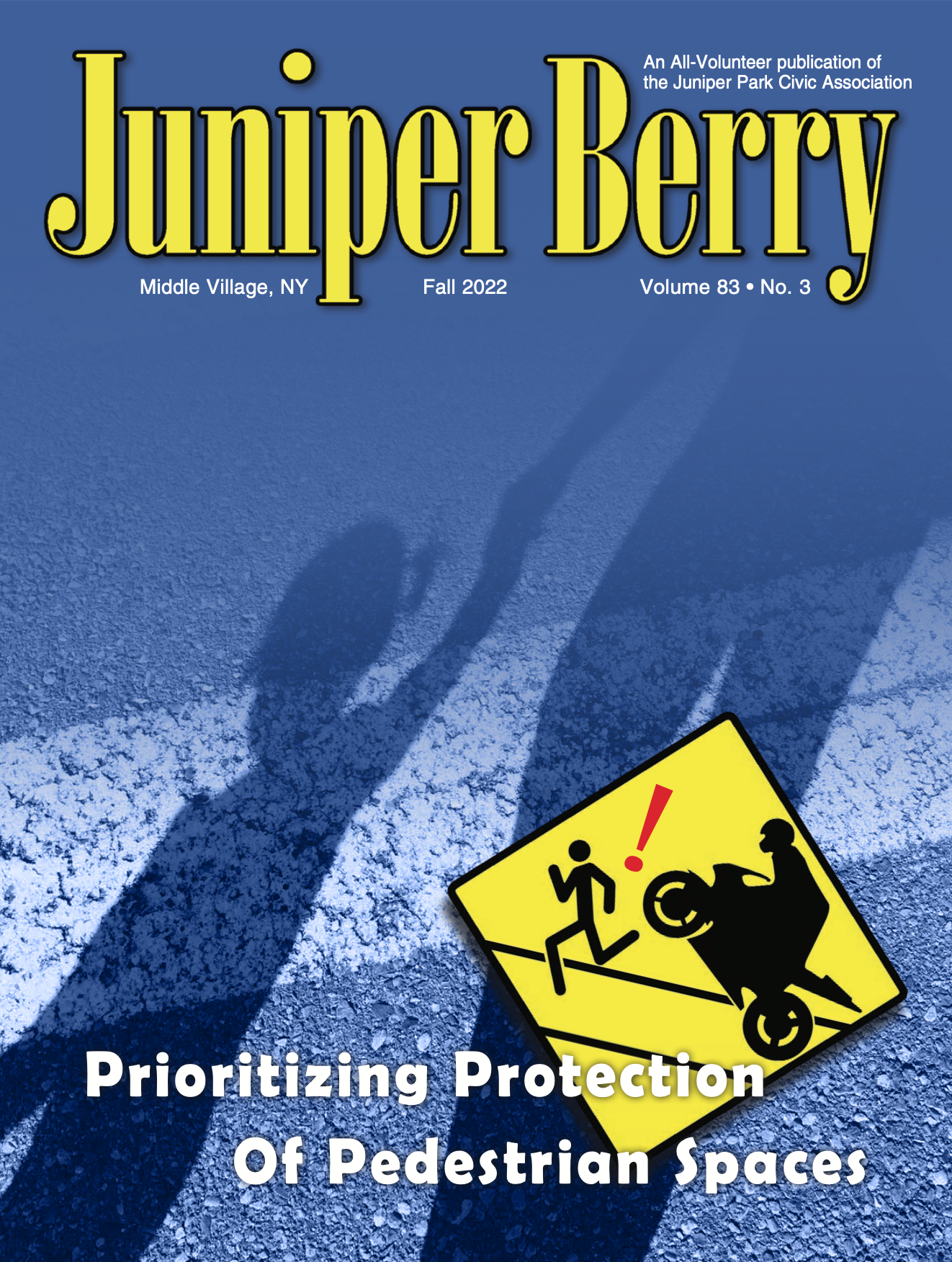Chapter 1. The Arrival of Spring
The piles of the once white and pristine snow transformed into pitiful looking hillocks of melting, dirty ice slinking down the gutters to the sewers. The fragrant aroma of violets permeated the air, chasing away the dankness of winter. Melodies accompanied the girls jumping rope; boys loudly joshed as they played games with the new crop of pink Spalding balls – these sounds melded into a chorus of glee. Soon the schoolyard held the festival of the Maypole. In retrospect, the medieval custom re-enacted in 1940’s New York City is bewildering because it originally was an ancient male fertility rite for impregnating the earth to ensure a bountiful summer. Had that been known then, the boys might have been more enthusiastic in partaking rather than being scornful and belligerent. The full crowns of leaves were heavy in the treetops. The procession to summer was beginning.
Chapter 2. Sirius Rising
The sultry summer days began with the ending of the school year. A quietness descended over the village as some families departed to cooler places, viz. to the nearby rooming houses of the Rockaways and humble resorts of the Catskill Mountains.
Those remaining woke up to the sound of birds and insects buzzing and chirping, not an unpleasant call to begin the day. The men grudgingly went off to their workplaces while the women continued with their domestic affairs.
And the children were left to their own devices. Some went to the schoolyard to help tend the communal vegetable garden. The studious ones made their way to the library to peruse the shelves, hoping to find a magical carpet of literature to bring them to a place far from the doldrums of the summer solstice. For everyone, the Arion Movie Theatre provided a welcome respite; comedy, drama, and the miracle of air-conditioning, all to while away a summer’s day.
The unrelenting heat continued into the evening. The goal was to cool the body with whatever means necessary. An easy and pleasant strategy was to meet at the candy store. There a variety of elixirs were available to temper the body and soul. For some, all flavors of ice cream were served in various containers, viz. a frappe, a cone, a mellow roll. Others chose a beverage from the icy depths of the soda chest. Once thirsts were quenched, some of the children played street games and adults gathered in knots to banter and gossip. On those hot summer nights the gathering of the hordes resembled a modern day Bruegel painting.
And then Sirius began to dip in the sky. Families reappeared. Sometimes one felt a chill in the evening. Leaves begin to change color, fat nuts tossed about in the chestnut tree.
Chapter 3. The Time of the Bountiful Harvest
Excitement was unbounded as children scurried about to get ready for a new school year.
A must: buying school supplies, shopping for an autumn wardrobe, and getting new hair styles. And off they went with great expectations for a fresh start in their education.
Smoke from bonfires of fallen leaves signaled a change of season was approaching. Trees dropped fruit to the ground and the trampled rot produced a sweet aroma. Although not to be eaten, it was the time of our prodigious harvest. A ritual of unknown origins, “roasting mickies” would begin spontaneously when the leader of a crew of boys would dispatch them to their homes to purloin potatoes and salt. They would then hurriedly return to a favorite empty lot, build a fire from scrap wood, spear the potatoes on improvised primitive lances (namely, a twig). Then the ritual would begin: the troop of eager boys hovered over the fire until the potato skin was thoroughly charred; shades of cavemen sharing the spoils of the hunt. The roasted potatoes were seasoned, and the feast began. To the ravenously hungry boys, nothing was more savory than those primitively roasted potatoes.
As the days grew shorter and the shadows longer, the spirit of Halloween began to preoccupy the children. The preceding days were full of expectations and preparations; filling old socks with flour, planning what costumes to wear, and what pranks to play and finally, the anticipation of the trick-or-treat rewards that would fill the papier-mâché pumpkin that everyone carried.
Chapter 4. The Time of Hibernation
After the Thanksgiving celebration, the naked tree branches began to dance in the cold, north winds, heralding the start of winter. Everyone bundled up in woolens and twills. The children were transfixed as they gazed at the myriad of toys in the shop windows; adults joyfully scurried about purchasing gifts for their near and dear.
When the deep snows arrived, the winter festivities began. Snow fortresses were built, and boys prepared stockpiles of snowballs for battle. Then the sieges began, all in good fun. Some boys emulated the Eskimos and built large igloos in the street. Finally, the piece de resistance; sleds were retrieved from basements and the children converged on steep Hinman Street. Those that have sleds improvised with sheets of old linoleum that they retrieved from junk piles in the lots. And then the merriment began! All day long the hordes whizzed down the street with reckless abandon. It was a treat to top off the day in a candy store enjoying a hot chocolate topped with whipped cream accompanied by a salted pretzel.
True Winter bliss!
After the festivities, the rest of the winter was tolerable because of the expectation of spring. Teachers encouraged children to purchase the little packets of seeds sent by the Botanical Garden in the hope that the children would partake in planting seeds and tending to their flowers and vegetables. The urban garden may have consisted of a lonely, humble wooden cream cheese box sitting on a windowsill, struggling to bring forth a string of beautiful white morning glories.
Hope Springs Eternal in the Human Breast! — Alexander Pope, 1732




